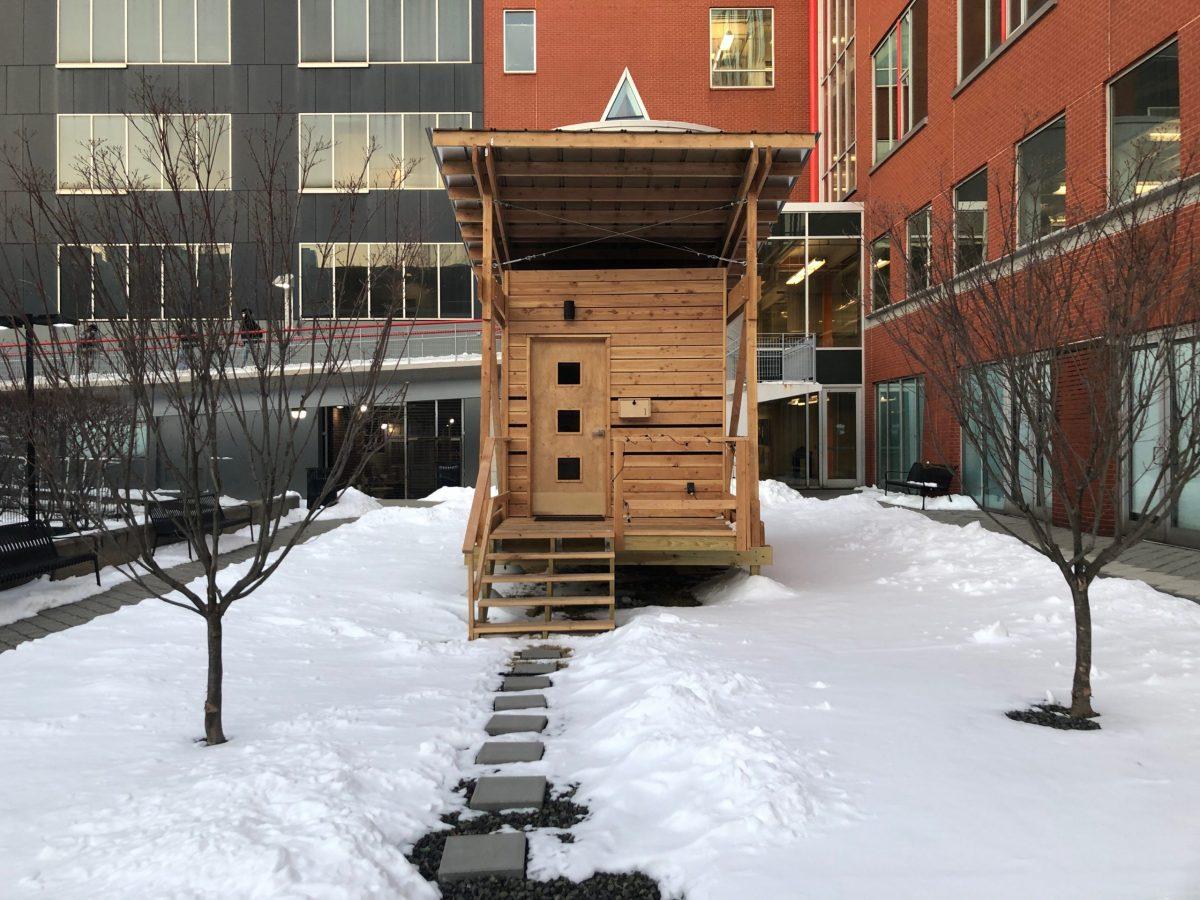Newark has had its fair share of challenges as it underwent economic downturns, social friction and widespread corruption throughout the twentieth century, including industrial decline and a rise in poverty. However, the 1990s and 2000s brought a new period in Newark history, and the city is being reinvigorated by several new economic and social investments.
These include the more than 1,000 law firms based in Newark, major insurance companies that have headquarters in the city and several colleges — including NJIT — which, combined, have over 50,000 students attending. Although Newark’s prospects grow brighter by the day, there are major issues that continue to hinder progress — namely the high rates of homelessness and poverty that plague the city.
Newark is the most populous city in New Jersey, with over 300,000 residents; there is also the administrative center of Essex County, which accounts for the largest number of homeless residents in the state. Of these, Newark’s population of homeless individuals comprises 85.9% of Essex County’s total count. According to Monarch Housing Associates, a nonprofit that tallies the total homeless population of cities at any given point, Newark had 1,274 homeless persons identified on a single given night, and it is estimated that hundreds of others face housing insecurity.
To combat this problem, the city’s mayor, Ras Baraka, unveiled a temporary shipping container solution pioneered by Newark’s homelessness czar, Sakinah Hoyt, in March 2021. This is best described as a miniature village that can safeguard 24 people at a time, with 20 dorm-style rooms complete with basic furnishings; it was designed for outreach to people who may be averse to shelters and seeks to provide guidance towards a healthy and safe lifestyle.
Fittingly, the site is named Hope Village. Additional efforts include the renovated Miller Street Elementary School to function as transitional premises for homeless people, containing 166 beds, a kitchen and bathroom facilities.
To ameliorate this community issue, NJIT’s students took up the challenge to design a “tiny home,” with the dimensions of only 8-by-12 feet, with the guidance of adjunct Professors Erin Pellegrino and Charlie Firestone of the design studio. Fifteen fourth and fifth year architecture students tackled the ingenuous project with the professors over the course of ten weeks in the Fall 2021 semester and a budget of $10,000.
The inception of the proposal, Pellegrino recalled, came in the online spring semester, when they were asked to submit an idea for a studio course based around sustainability. “The way we took that was thinking sustainably about the way we were all living; we called the studio “Shelter in Place,” and how deeply unsustainable that was for people who did not have a place to shelter.”
Additionally, taking students on a socially distanced tour of Newark led them to “Homes for the Homeless,” a site with around 25 units to shelter homeless individuals. The visit was deeply inspiring, led by an impromptu tour by the chief engineer, Mike Loganville, and allowed the students to see how individual units could be assembled into a village with communal facilities, a concept echoed in their own work.
Back on campus, the unique environment of a studio class in Hillier College of Architecture and Design, in which students collaborate heavily and offer their own ideas to a project, enabled the group to select feasible, practical and unique ideas for the tiny home. “We decided that we wanted to use a consensus model in lieu of a competition model, so we had them work together from the very beginning,” said Firestone. “By the time they came up with the final design, it was a product of a lot of different lines of investigation.”
The three priorities that went into the tiny home, according to Pellegrino, were that the housing had to: 1) be deployable and easily movable for the city, 2) be practical for the students to build in the given timeframe with their existing skills and 3) address the concerns of the city on an individual and societal level: i.e. align with the city’s vision while also supporting specific needs.
This idea involved studying the phenomenon of homelessness on a local Newark level as well as the overarching systemic causes on a macro scale. Hoyt was also deeply involved in the initiative; she provided three key demographics for whom the tiny home should be adapted: a person with disabilities and/or medical issues, two people sheltering together and people looking for safety from domestic violence, often with children. The tiny home project eventually became very personal, as students examined what might make people reluctant to seek shelter and factors that might make them vulnerable.
The actual home consists of two major components: the inner box, which forms the primary living space, and an outer layer, which forms the roof, porch and support. The inner box can easily be transported because of its convenient shape, and the outer layer folds down flat. The model tiny home is on Weston Green, and contains basic furnishings that allow for the stated three scenarios to be addressed.
The tiny home is not a perfect solution, Firestone mentioned, and it is meant to be only one option to alleviate suffering. The professors stressed that the causes and solutions to homelessness in Newark must be studied in depth. Yet from the perspective of an outside viewer, the tiny home project is certainly a tremendous achievement.



























